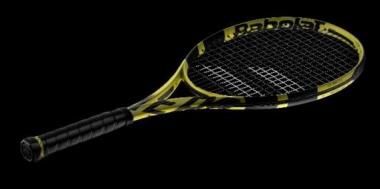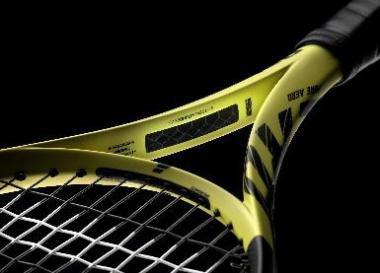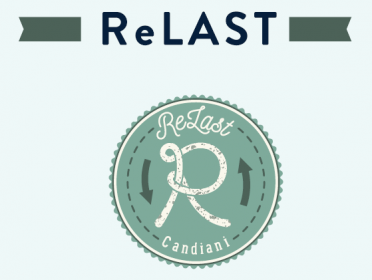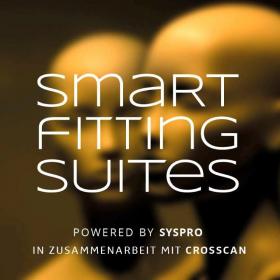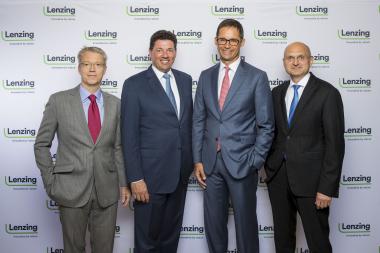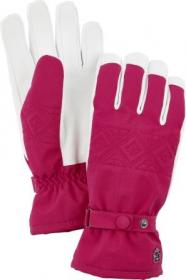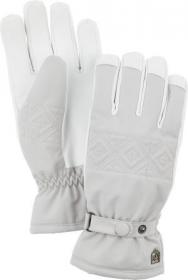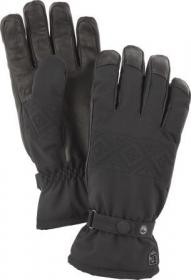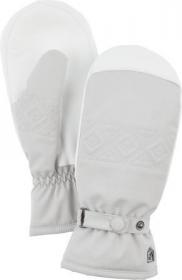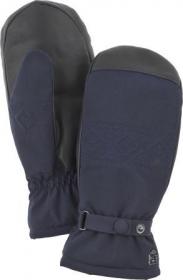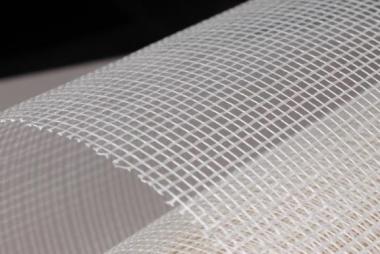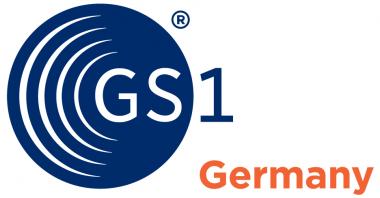9th Bangladesh Denim Expo captivated great attention of visitors
The 9th edition of Bangladesh Denim Expo has been successfully completed at International Convention City Bashundhara, Dhaka with the aim of highlighting the importance to develop business relationships for promoting best working practices. It showcased the strength and capacity in denim manufacturing of Bangladesh.
The theme of 2-days expo held on 7th & 8th November set ‘Simplicity’ to display latest trends of denim products to the global brands and retailers. Over 5540 visitors and buyers from 1018 companies&55countries from around the world joined the expo.
The theme of this edition ‘Simplicity’ is aimed at defining a much simpler, much easier definition to understand sustainability and ecology in denim. The Founder & CEO of Bangladesh Denim Expo said that “The underlying concept of the Bangladesh Denim Expo is to fulfill the need of the international denim community, offering the opportunity to make new contacts with potential buyers, discovering new products and to gain a comprehensive overview of the latest developments available from the Bangladesh Denim Industry”.
A total of 63 exhibitors from 12 countries with Bangladesh displayed their products in the 2-day show held on 7th and 8th November 2018. As Simplicity is the core of this edition of the expo and its series of seminars also let the visitors learn about the process of the Simplicity in denim manufacturing. A total of five seminars and two panel discussions were organized in the expo where international and national experts shared their opinions. The seminars highlighted the need for ‘Simplicity’ within the entire denim supply chain.
Trend Zone
A special event ‘Trend Zone’ area, the unique space dedicated to showcase the latest denim trends and innovative products, has been expanded in this edition where visitors have been able to gain insights on denim fabrics, styling and finishing available in Bangladesh, together with an offer of the most relevant denim publication.
 (c) denim expert
(c) denim expert
BANGLADESH DENIM EXPO
denim expert



